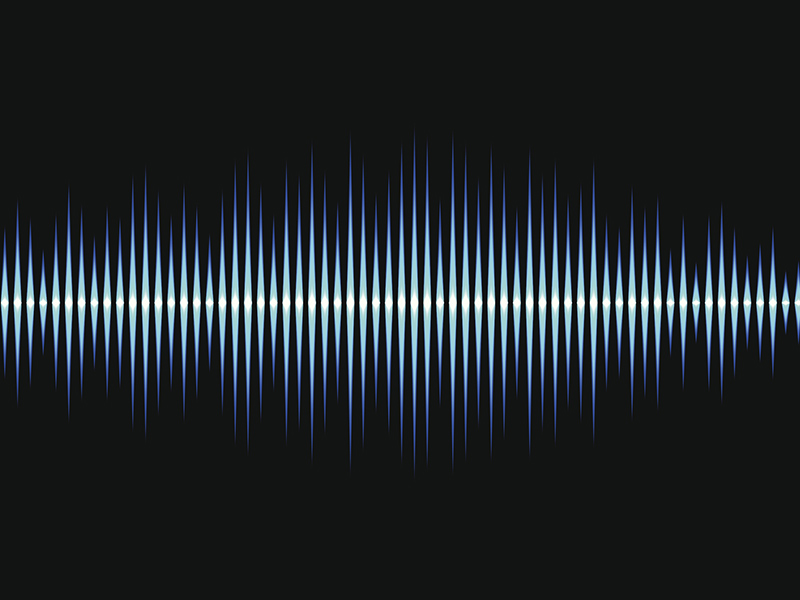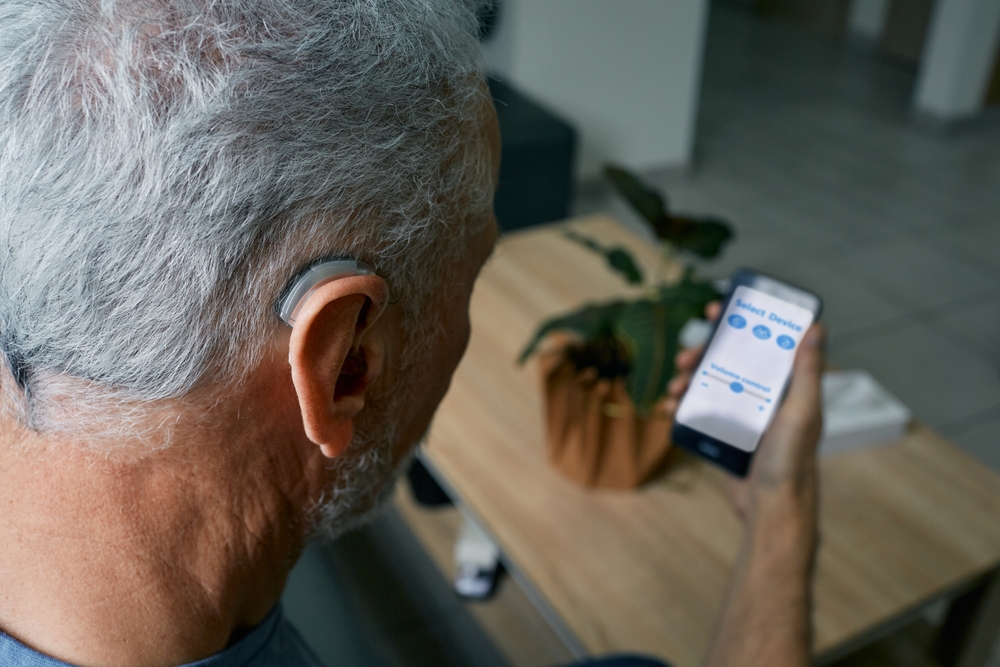You want to get the most out of your hearing aids but sometimes phones and hearing aids are like oil and water. As the technology improves, that will become less of a problem. It’s up to you, though, to get to know your hearing aids before you buy and prevent radio frequency problems. A little forward-thinking will go a long ways to preventing that annoying buzz.
What about people who already have hearing aids? What can they do to prevent the buzzing? It’s a tough question because your choices are a bit limited. The truth is something will have to give when these two technologies are not compatible, so what is your next step?
Make it work for now
It’s inconvenient, but for now, you might have to find a way to make it work. For most people, that will mean taking out one hearing aid when talking on the phone or using the speaker feature. The buzzing you are hearing is interference directly connected to the radio-frequency emissions from the phone. Unfortunately, that interference is more than just annoying. It can mess up how the phone operates, making it impossible to use these two devices together.
The easy answer is to simply remove your hearing aid, placing it someplace it will be secure. In some cases, using your speaker function might do the trick, too. If you do take out your hearing aid, make sure to turn it off to save battery power.
Make a change
That’s a lot to ask, though. Having to remove your hearing aid every time you use the phone will get old pretty quick. Your next step is to contact your hearing aid retailer. You may need to upgrade to a newer model of hearing aids that allow your two devices to work together. Phone manufacturers are required by law to be compatible with hearing aids, but not all brands work well together. Today, they are labeled with compatibility ratings to help you pick a phone that will work with your hearing aids.
Wireless providers must offer:
- One-third of their models with a T3 or T4 rating, meaning they are compatible with a hearing aid telecoil.
- Half of their phone models with M3 or M4 ratings, meaning they are compatible through the acoustic coupling.
Your hearing aid provider can provide you with a list of smartphones that are compatible with your current hearing aids or help you look for new ones that work with your phone. Hearing aid technology is evolving all the time. Manufacturers are adding new and exciting features that might improve the quality of your life, so maybe it’s a good time to make a change.
Take care
How you care for your hearing aids may also be a factor. There is always a possibility that the buzzing is a sign of a problem with the devices themselves, instead of a compatibility issue. Make sure to read through your hearing aid manual fully to develop good hygiene and care habits for your devices. Clean your hearing aids often to remove wax and dirt, but follow the manufacturer’s instructions carefully to avoid damaging them.
When it comes time to make a change, do some research to find the best hearing aid/phone match that fits your lifestyle. Modern hearing aid technology offers devices that are Bluetooth compatible, stream audio and do all kinds of cool things that make them more end user-friendly.
Take your time when picking out your new hearing aids and make sure to bring your phone with you when trying them out. That will give your hearing aid specialist all the information they need to hook you up with the best brand and model hearing aids – ones that won’t buzz every time you talk on the phone.


